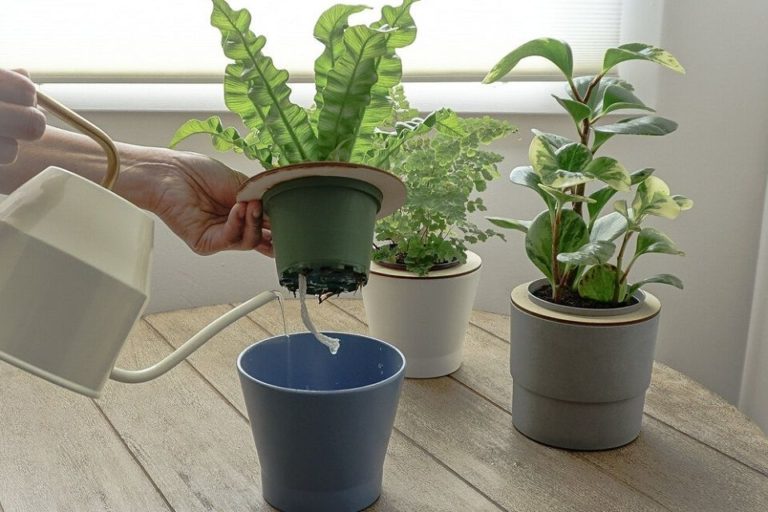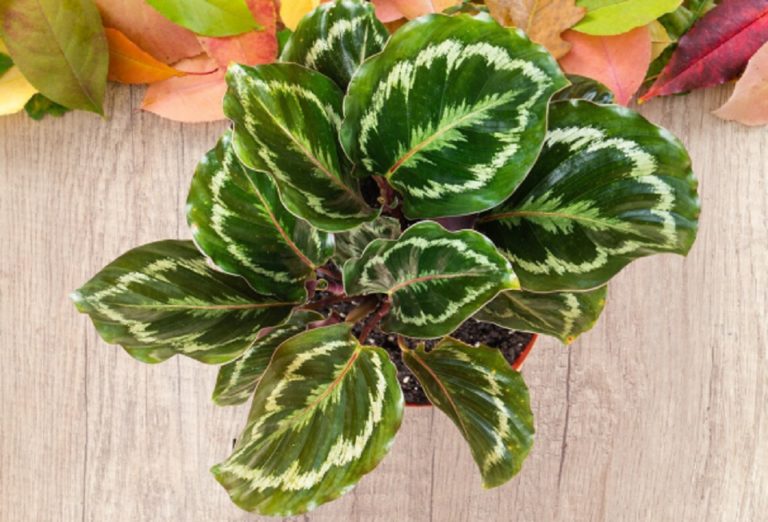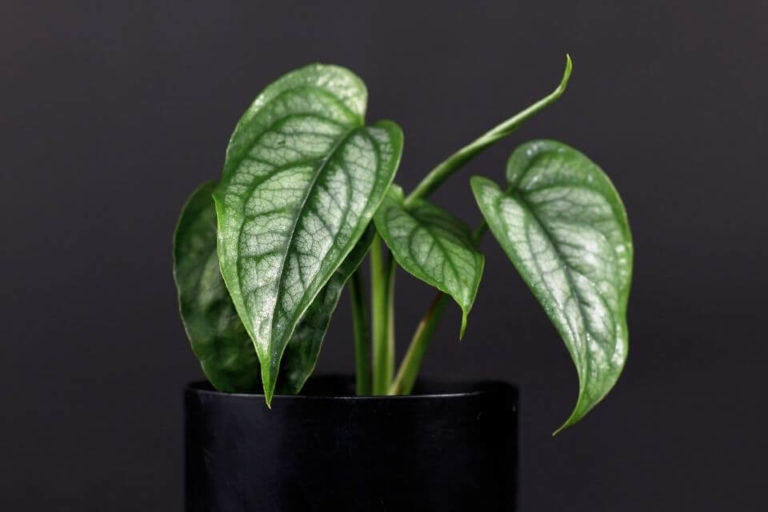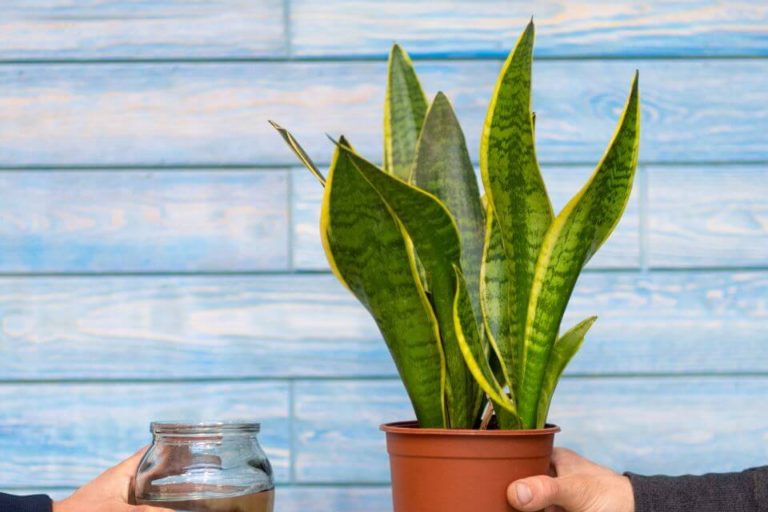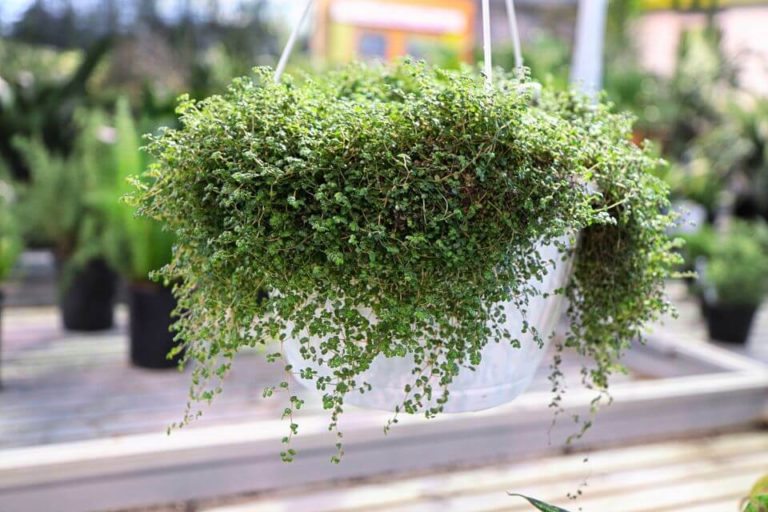The Role of Lighting in Cultivating Large Succulent Plants Indoors
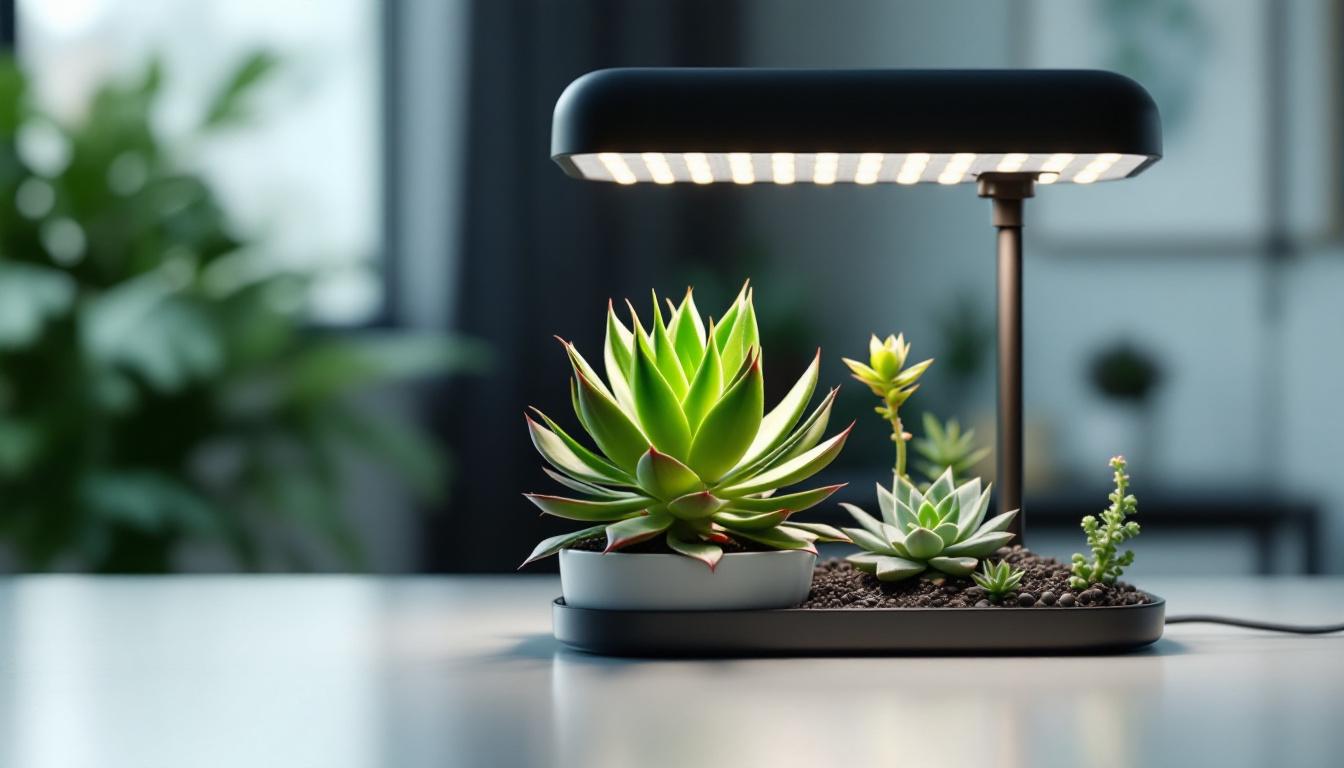
You might wondered why your indoor succulent plants aren’t growing as lush as you expected. Lighting might be the missing part. For anyone passionate about home décor and gardening, large succulent plants can be a delightful challenge.
These popular greenery plants bring a touch of the outdoors inside, but their thriving indoors hinges on one critical factor: light. Without the right balance of sunlight, even the hardiest succulents can struggle. In this post, I’ll share how to choose the best lighting to help your succulents not just survive, but grow large and healthy. Let’s make your indoor space come alive with vibrant succulents!
TABLE OF CONTENTS
Understanding Succulent Plant Needs
When it comes to growing large succulent plants indoors, understanding their specific needs is key. These unique plants are tough, yet they require the right conditions to truly flourish. A major factor in their success is light. Let’s dive into what makes their lighting needs unique, starting with their natural habitat.
Natural Habitat of Succulents
Succulents are masters of survival and resilience. They originate from some of the harshest environments around the globe. From the arid deserts of Africa to the rocky terrains of North America, these plants are experts at thriving in conditions that would overwhelm other plants. In these wild habitats, succulents are exposed to bright, albeit indirect, sunlight for most of the day. It’s this constant light exposure that they mimic when grown indoors.
So how does this influence their care at home? Simply put, large succulent plants need a well-lit environment that mirrors the sunny, yet not scorching, conditions of their natural settings. It’s a balancing act – providing ample light without overexposing them to harsh, direct rays which can actually harm the plant.
Light Intensity Requirements
The light needs of large succulent plants can vary depending on their type, and knowing these differences is helpful. Generally, succulents fall into two main categories: those that prefer direct sunlight and those that thrive in bright, indirect light.
- Direct Sun Lovers: Some succulents, like many types of Echeveria and Cacti, soak up the sun like it’s their favorite pastime. They need the kind of strong light you’d find on a south-facing windowsill. If you’re not giving them enough light, they may start to stretch, looking for more.
- Indirect Light Enthusiasts: On the other hand, some large succulents prefer bright but indirect light. Varieties like Haworthia and some Aloe require plenty of light but can scorch if placed in the path of direct, burning rays. These plants are perfect for east or west-facing windows where they can bask in the gentle morning or afternoon sun.
Ensuring the right light intensity for each type will help your large succulent plants grow robust and healthy. If you’re ever in doubt, keep an eye on your plant. Their leaves and stature will usually tell you all you need to know about how they’re feeling under your current lighting arrangement.
Types of Lighting for Indoor Succulents
When growing large succulent plants indoors, getting the lighting just right can be a game of trial and error. While these resilient plants are forgiving, ensuring they receive optimal light can significantly impact their growth and overall health. Let’s explore the options available, starting with natural sunlight compared to artificial light.
Natural Sunlight vs. Artificial Light
When it comes to lighting, the sun is the original and ultimate source. But does it always outshine artificial options?
Pros of Natural Sunlight:
- Cost-Effective: It’s free! No need for extra lighting equipment or electricity bills.
- Full Spectrum: Sunlight provides a full spectrum of light, which is ideal for plant growth.
- Natural: There is something unbeatable about the way natural light stimulates plant growth, often leading to vibrant leaves and hearty stems.
Cons of Natural Sunlight:
- Inconsistency: Weather conditions and changing seasons can lead to unpredictable light levels.
- Space Limitation: Not all homes have ample windows to provide enough sunlight for large succulent plants.
- Potential for Sunburn: Direct sunlight can scorch the leaves of some succulents if not monitored carefully.
On the flip side, artificial light offers alternative advantages.
Pros of Artificial Light:
- Controlled Environment: You can control duration and intensity, ensuring consistent light levels year-round.
- Versatility: Suitable for any room in the house, even those with limited natural light.
- Protection: Artificial lights reduce the risk of sunburn while still providing essential light.
Cons of Artificial Light:
- Initial Cost: Setting up an effective lighting system can be costly initially.
- Energy Consumption: Running lights for several hours a day can lead to higher electricity bills.
- Spectrum Limitations: Not all artificial lights offer a full spectrum, though technology is improving.
LED Grow Lights for Large Succulent Plants
LED grow lights have become increasingly popular among plant enthusiasts. These lights are particularly effective for large succulent plants. Let’s see why they might be the best fit for your indoor garden.
Benefits of LED Grow Lights:
- Energy Efficiency: LEDs consume less electricity compared to fluorescent and incandescent bulbs, saving on energy costs in the long run.
- Long Lifespan: They last much longer, reducing the need for frequent replacements.
- Customizable Spectrum: Many LED grow lights allow you to adjust the spectrum to cater specifically to plant needs, promoting optimal photosynthesis.
And why are they so effective for large succulent plants?
- Heat Management: LEDs emit less heat, minimizing the risk of scorching and allowing you to place them closer to plants without harm.
- Tailored Lighting: Their ability to mimic the sun’s spectrum means even plants in dark, sunless rooms can thrive. You can create a tailored lighting environment that helps your large succulent plants grow large and healthy without the unpredictability of natural light.
Choosing the right lighting for your large succulents can be a balancing act, but with thoughtful consideration of your space and resources, your indoor garden can flourish beautifully.

Positioning and Placement of Succulents
When growing large succulent plants indoors, the right placement is as crucial as the right light. With proper positioning, succulents can bask in the light they need to thrive. Let’s explore how to set them up for success.
Best Locations for Sunlight in Your Home
Finding the sweet spot for your succulents can feel like a mini treasure hunt in your own home. You need to pick locations that offer just the right amount of sunlight without going overboard. The type of sunlight can vary, so let’s break it down for different rooms:
- South-facing windows are a go-to. They tend to get the most sunlight throughout the day, perfect for those sun-loving, large succulent plants. However, keep an eye out: intense, direct sun can sometimes scorch leaves. If that starts happening, a sheer curtain can soften the rays.
- East-facing windows catch the gentle morning sun, making them a good spot for succulents that enjoy milder light. Morning rays are less intense, reducing the risk of sunburn.
- West-facing windows bring in the warmer afternoon light. This is great, but it can be intense during summer. If you notice your plant getting too toasty, consider switching spots or adding a light diffuser.
- North-facing windows get the least direct sunlight, so these are only a fair option for succulents that need minimal direct light. You might need to supplement with some artificial light here.
A quick tip: If you’re noticing that some rooms don’t have enough light, placing large succulent plants a little closer to the window can make a big difference.
Rotating Your Succulent Plants
Ever noticed how your large succulent plants stretch towards the light? This is their way of saying, “Hey, a little help here!” Rotating them is a simple yet effective trick to ensure they grow evenly. Here’s how and why it works:
- Equal Light Exposure: Rotating your plants every couple of weeks can help them soak up light evenly. By doing so, you prevent that lopsided lean that happens when one side gets all the sun. Imagine it as making sure everyone at a dinner table gets their share of sunlight.
- Balanced Growth: Just like a dancer needs the right balance, so do your succulents. Regularly changing their face towards the light source helps them grow upright and sturdy.
- Spotting Changes: Routine rotation also helps you spot any growth changes early. If one side looks different or less vibrant, it might need more light, or maybe even a little less, which keeps your plant care regime on point.
By keeping an eye on your succulents and being willing to give them a gentle turn every now and then, you can help ensure they stay strong and beautiful. Remember, a bit of attention goes a long way in helping your indoor garden thrive.
Signs of Insufficient or Excessive Light
Indoor gardening isn’t just a matter of picking the right spot for your large succulent plants. Understanding how to recognize and address lighting issues is equally important. Just like we need a good balance of sunlight and shade, succulents require specific lighting conditions to thrive. Let’s explore the signs of light-related stress and how to handle these situations effectively.
Recognizing Light Stress Symptoms
Knowing when your succulents aren’t getting enough light can make all the difference. Ever notice your plant looking a bit different? Here’s what to watch for:
- Stretching: If the space between leaves starts to increase, your plant might be reaching desperately for more light.
- Fading Colors: When vibrant greens start to look pale or washed out, it’s often due to insufficient light.
- Slow Growth: While succulents aren’t speedy growers, a complete halt in growth indicates a lighting problem.
- Drooping Leaves: Some succulents might start to sag or droop if they’re light-starved.
Addressing these signs early can prevent long-term issues and help your large succulent plants regain their health.
How to Address Overexposure to Light
Just as too little light can stress your plants, too much is equally problematic. Here’s how you can spot and fix overexposure:
- Scorched Leaves: Look for brown, crispy spots on leaves—like a sunburn, but for plants. Moving them to a less intense area can help.
- Red or Purplish Hues: While some succulents develop these colors naturally, an excessive hue shift often means too much direct sun.
- Leaf Dropping: If leaves start falling off despite regular care, it could be because they are getting too much sun.
To mitigate overexposure, consider these steps:
- Find a Better Spot: Sometimes it’s just about moving them a few inches away from the window or using curtains to filter the light.
- Use Sheer Curtains: These can diffuse harsh sunlight, providing your large succulent plants with the brightness they need minus the burn risk.
- Rotate Regularly: This not only ensures even growth but also helps manage the amount of light each side receives.
By understanding these signs and taking proactive steps, you can ensure that your large succulent plants enjoy the perfect amount of sunlight to thrive indoors. Engaging with your plants and paying attention to their subtle cues will lead to a lush and vibrant indoor garden.
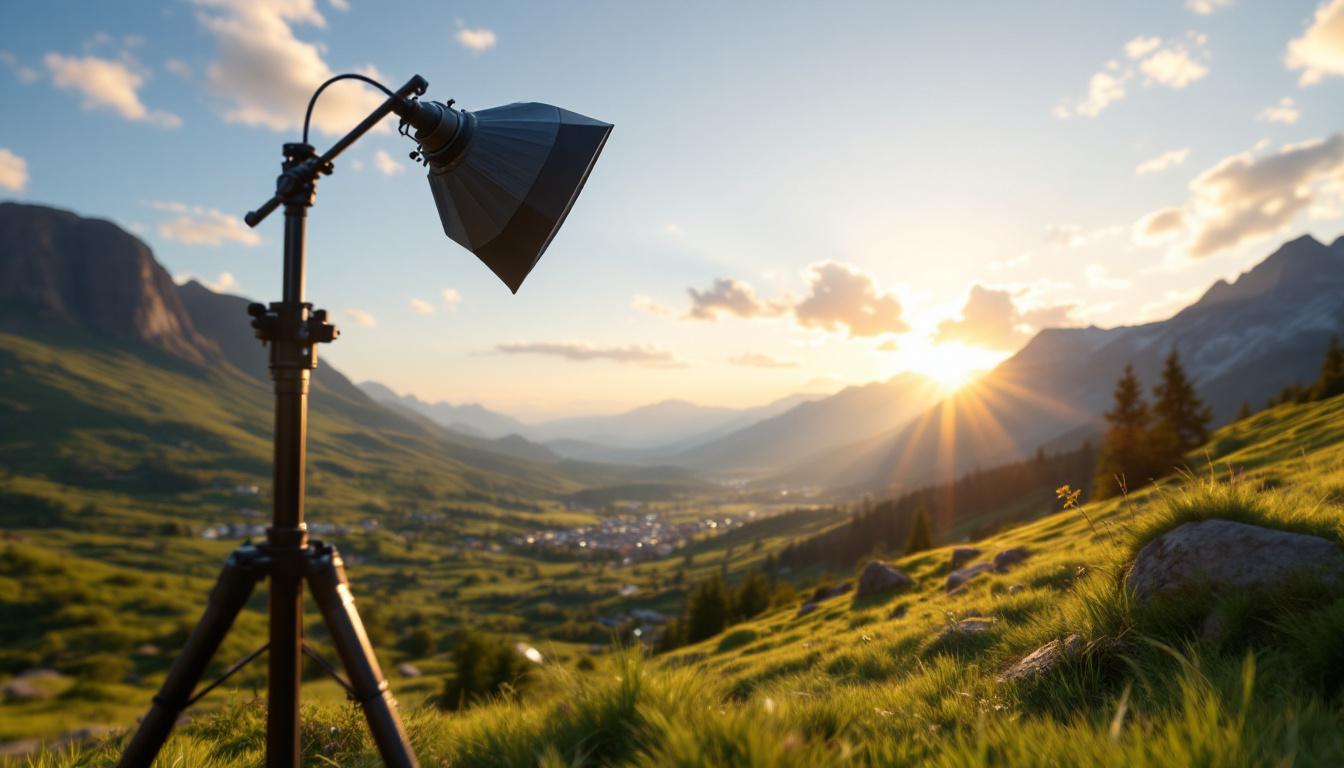
Adjusting Light Conditions Seasonally
Caring for large succulent plants indoors involves more than just placement and watering. As someone who has spent countless hours tweaking and fine-tuning plant setups, I can tell you that adjusting to seasonal light changes is key. Light conditions transform throughout the year, and our leafy friends need us to help them adjust accordingly.
Seasonal Light Changes for Indoor Succulents
Ever notice how the sunlight streaming through your window shifts as the year rolls on? This change impacts our large succulent plants, as day length and light intensity vary with the seasons. How do you keep your succulents happy and thriving through these changes?
- Winter Months: As days grow shorter, light is scarce. Consider moving succulents closer to windows to maximize exposure. East or south-facing windows often provide the best winter light.
- Spring & Summer: Longer days and intense sunlight mean you might have to adjust. If plants start to get scorched, a sheer curtain can help diffuse the rays while still letting in enough light.
- Fall Transition: As the light decreases, consider gradually moving your plants back to their winter spots. This prepares them for the lower light levels without a sudden shock.
Observing your large succulent plants and how they respond is crucial. A little tweak here and there can make a big difference in sustained growth throughout the year.
Using Reflective Surfaces for Enhanced Light
Let’s get creative with how we maximize light for our succulents. Have you thought about using reflective surfaces? Mirrors and other reflective materials can effectively bounce light back onto your plants, making the most of what you have.
- Mirrors: Placing a mirror opposite or adjacent to your plants can redirect more sunlight toward them. It’s like doubling the daylight hours without all the extra hassle.
- Aluminum Foil: For a quick fix, try placing aluminum foil around the base of your plant. It can help reflect light upwards, reaching those lower leaves that might not get direct exposure.
- White Surfaces: Using white trays or paint as your plant’s backdrop can boost light reflection. Unlike darker colors, white surfaces help bounce light effectively, providing an even glow around your succulent.
Using reflective surfaces is an easy hack to maximize limited indoor light for your large succulent plants. It’s an elegant solution that ensures they receive all the light they need to grow healthy and robust.
Frequently Asked Questions about Indoor Lighting for Large Succulent Plants
When it comes to growing large succulent plants indoors, lighting is a topic teeming with questions. I’ve gathered some frequently asked ones that might just help you navigate your journey better.
What Type of Light is Best for My Large Succulent Plants?
This is a classic question with a nuanced answer. While natural sunlight remains a top contender due to its full spectrum, artificial options like LED grow lights are fantastic runners-up. They come with added benefits like customizable light spectrums and energy efficiency.
How Close Should Grow Lights Be to Large Succulents?
A common curiosity with an easy fix. Ideally, keep the lights about 6 to 12 inches above your succulents. This distance ensures they are not too hot, yet they still get adequate light. Adjusting the height can help mimic natural conditions more closely.
Can Large Succulent Plants Survive on Artificial Light Alone?
Yes, they can! Many indoor gardeners have successfully grown thriving large succulent plants using only artificial light sources. The trick is picking quality light that offers a broad light spectrum and positioning it to mimic sun exposure as closely as possible.
How Many Hours of Light Do Large Succulents Need Daily?
Typically, large succulent plants thrive best with 12 to 14 hours of light each day. Remember to adjust this depending on the season. During shorter winter days, extending their light exposure using artificial lights can supplement the reduced daylight hours.
What Should I Do If My Succulent’s Leaves Are Turning Red?
Don’t panic! Reddening is often a stress response to abundant sunlight. It’s the plant’s natural sunscreen kicking in. If this happens, slightly reduce light exposure. Perhaps shift them to a spot with gentler lighting or add a sheer curtain to diffuse rays.
Can I Leave My Succulents in the Dark for Extended Periods?
Not advisable. Large succulent plants need a light cycle. While they can tolerate short periods of low light, extended darkness will harm their health and growth. In dim living spaces, supplement with artificial lights to keep them happy and growing.
These FAQs hopefully clear up some lingering doubts, guiding you to cultivate your large succulent plants successfully indoors. With the right lighting and a touch of care, anyone can enjoy a thriving indoor garden.
Conclusion
Lighting is the secret weapon in growing large succulent plants indoors. It’s about finding the right mix of intensity and duration. Your succulents crave light that mimics their native sun-kissed habitats, and this doesn’t have to be a complex setup. Monitor your plants for signs like stretching or leaf changes. These are your plants’ way of whispering about their lighting needs.
Experiment with various lighting techniques. Try south-facing windows, or enhance with LED grow lights. Don’t shy away from rotating your plants or using reflective surfaces to maximize light exposure. With a dash of creativity and some fine-tuning, your indoor garden can transform. You might inspire a new way to brighten your space.
Roll up those sleeves, adjust the lighting, and watch your large succulent plants thrive. Let’s make your indoor oasis more vibrant than ever. Share your lighting strategies and plant triumphs in the comments. Let’s grow together!

